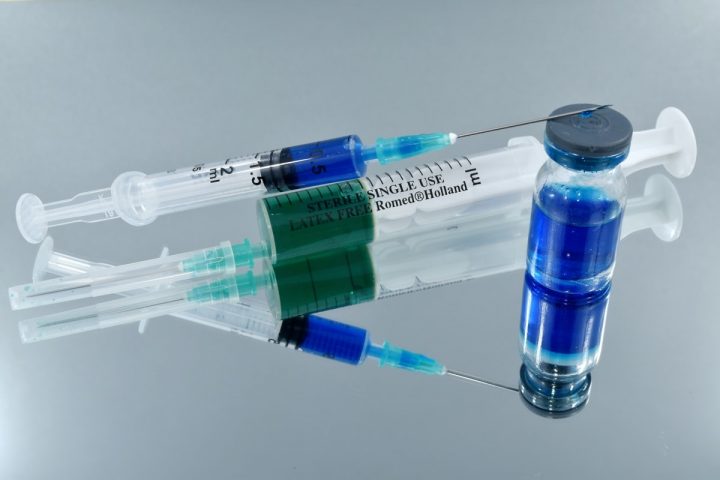Many people experience pain in their knees as they grow older. This is due to normal wear and tear in many cases. It affects their ability to dance, walk and do other activities that keep them fit and healthy.
However, there are situations where knee pain is made worse because of sports injuries or other types of injuries. This article will explain how regenerative stem cell therapy can be used to treat knee pain.
What causes osteoarthritis knee pain?
Osteoarthritis knee pain develops when the cartilage at the end of each bone wears down. When this happens within the joint, the bones rub against each other every time you move. This causes a lot of pain and decreases your range of movement.
Many people who are affected by osteoarthritis knee pain may modify their lifestyle significantly or to a minor extent. They adjust or stop doing activities that they like, in order to prevent pain.
Some may try to lose weight so that the knee joint is placed under less pressure. Others might find varying degrees of success with different forms of medical treatment including hyaluronic acid injections.
Physicians are always interested in treatment methods that can offer patients more relief from pain, than that which is provided through existing techniques. Clinics that offer stem cell therapy in Los Angeles provide a method of treatment that is helpful to some patients.
How does stem cell therapy help patients with osteoarthritis knee pain?
Stem cell therapy may offer patients with osteoarthritis knee pain an alternative to surgery. In regenerative medicine, stem cell treatments are used to trigger healing responses in damaged tissues. Essentially, stem cell therapy is used to encourage these tissues to heal themselves.
Adult stem cells have the potential to develop into many different types of cells. This includes bone and cartilage. Stem cells that are placed in the joint can develop into cartilage and replace cartilage that has been lost over time.
Stem cell therapy also encourages other tissues in the joint to heal. Each patient’s own adult stem cells are used in the therapy. No surgery is involved, so the patient does not have to spend time in the hospital.
The entire procedure can be done in a doctor’s office. Along with stem cell therapy, plasma therapy may be used on the knee.
This type of regenerative therapy is minimally invasive. However, it does involve some pain. A local anesthetic is used during the procedure.
